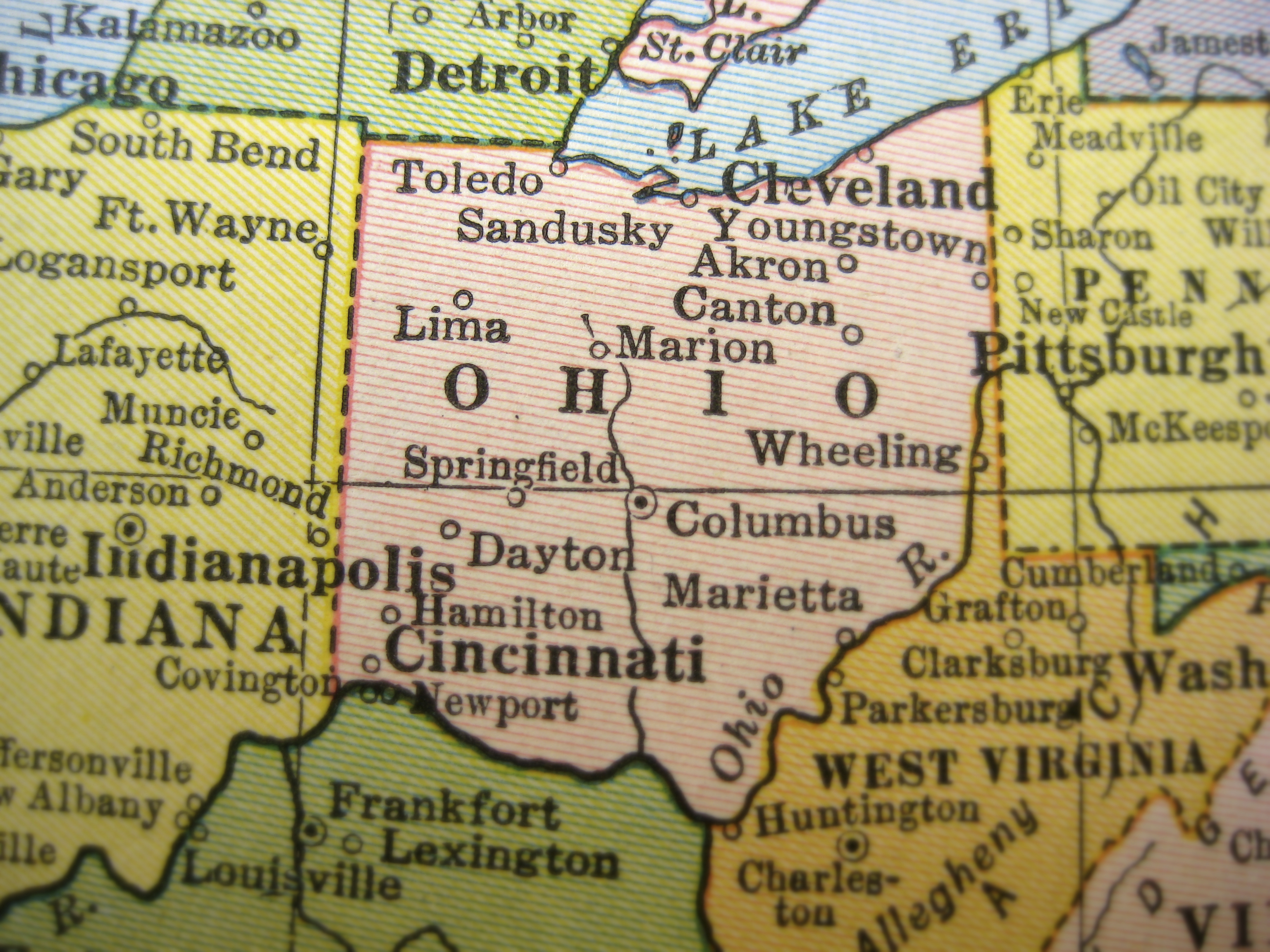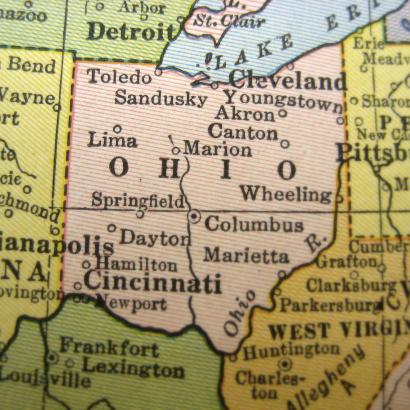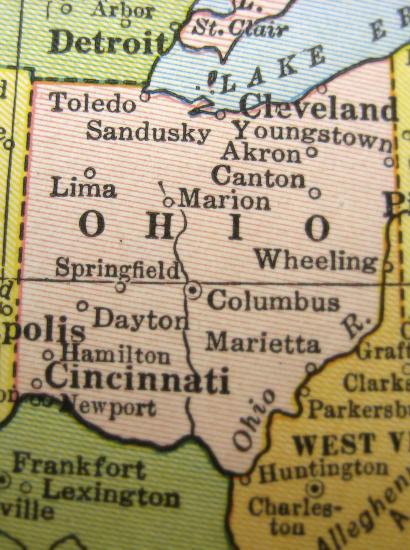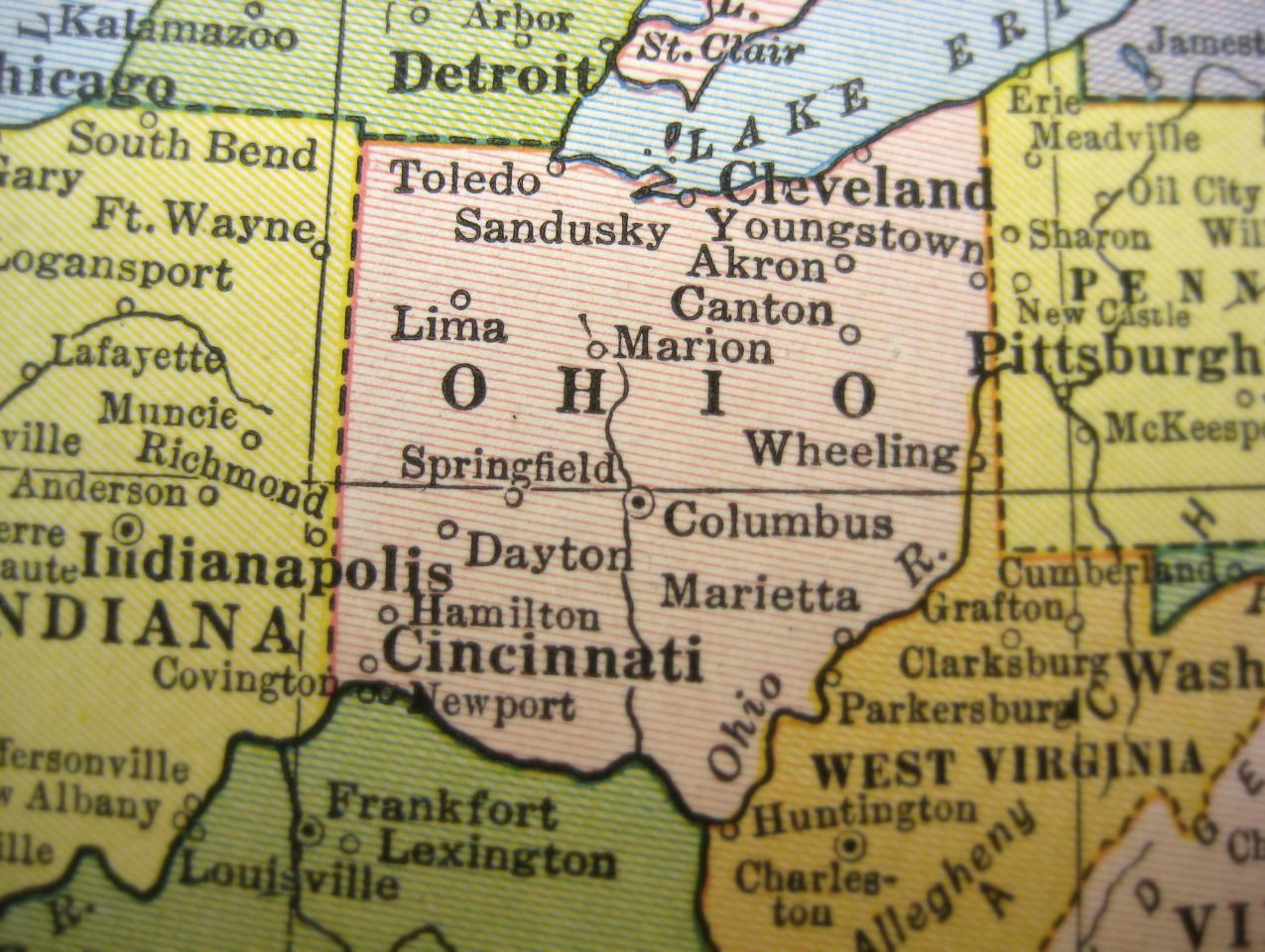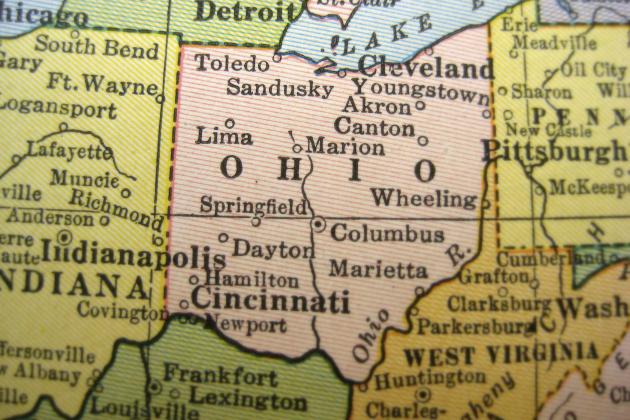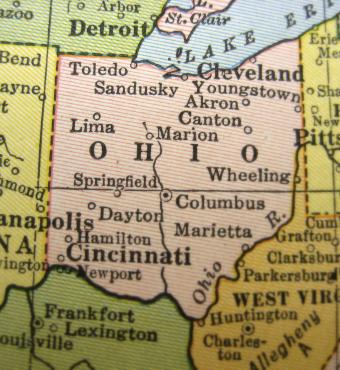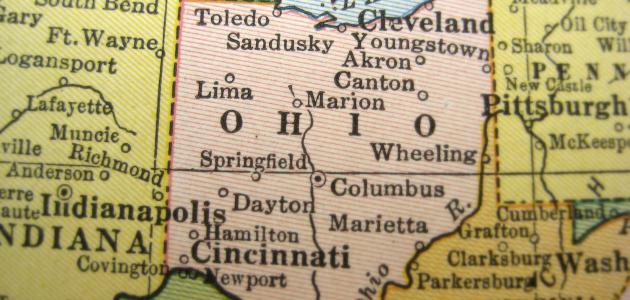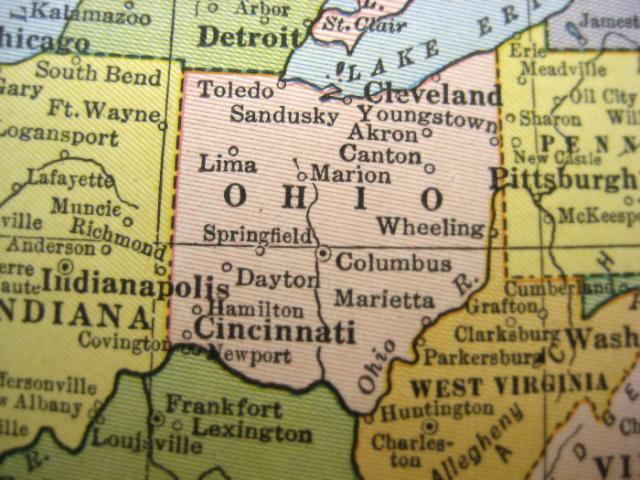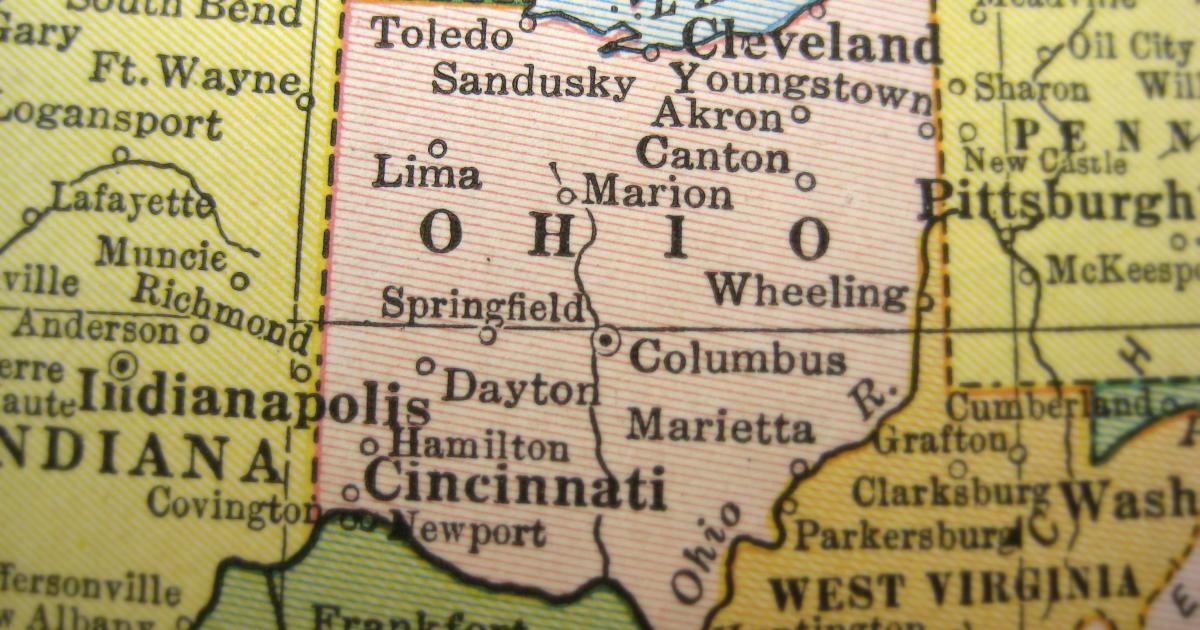- State & Local
- California
The grass may not be greener on the other side coast, given California’s rain-starved, ever-browning landscape, but still, you can’t blame national Democrats for envying their Golden State kin.
Why so?
For openers, consider the budgetary options east and west.
Back in the nation’s capital, a Democratic-controlled Congress struggles to get spending packages approved (well, other than money earmarked for Ukraine).
In Sacramento, it’s political and fiscal “shop ‘til you drop” between now and the June 15 constitutional deadline for legislative passage of a state budget, currently facing an unprecedented $97 billion revenue surplus—sure to spawn roughly the same number of spending proposals. That’s a four-week sprint California Democrats will dominate given their occupation of the governor’s office and supermajority control of the State Assembly and the State Senate.
To put that surplus in a different context: Sacramento outperformed Apple in 2021, if you will—the tech giant reporting less than $95 billion in net income last year, some $2 billion less than the Golden State’s record budget windfall.
There’s also the matter of what lies ahead in November.
Back in Washington, Democrats likely will lose majority control of one if not both congressional chambers for the second time in a little over a decade. The last time a California legislative chamber fell into Republicans’ hands was in 1996—and it lasted all of one year.
Maybe it’s for these reasons (and others we don’t know) that House Speaker Nancy Pelosi recently took a swipe at California governor Gavin Newsom—an unusual occurrence in that both politicians share not only the same political party affiliation but also a San Francisco heritage.
The dust-up began when Newsom, in the aftermath of the news that the Supreme Court might overturn Roe v. Wade, lashed out as follows: “I felt this enormous sense of frustration, like where the hell's my party? Where’s the Democratic Party? . . . We need to stand up. Where’s the counteroffensive?”
To which Pelosi replied: “I have no idea why anybody would make that statement unless they were unaware of the fight that has been going on.”
Before we go any further, let’s put the dust-up in its proper context. Newsom wasn’t critiquing so much Pelosi as a pair of renegade Democratic senators (Joe Manchin and Kyrsten Sinema) for their opposition to such progressive wish-list items as eliminating the filibuster. Pelosi, in her defense, was read Newsom’s quote during the course of a television interview and didn’t hear the governor’s words in their entirety.
Still, it’s a reminder that irony can creep into national politics—in this case, Newsom’s role as the voice of a woke Democratic conscience.
Back in February 2004, then San Francisco mayor Newsom found himself in the national spotlight after ordering the city clerk to issue marriage licenses to same-sex couples (“I don’t believe it’s appropriate for me, as mayor of San Francisco, to discriminate against people. And if that means my political career ends, so be it,” Newsom said at the time).
Newsom’s political career obviously didn’t end with that choice, but it did affect a fellow Democrat’s political aspirations. That would be John Kerry, the Democratic presidential nominee in 2004 who failed to unseat George W. Bush because he lost Ohio by fewer than 119,000 votes. A key reason why Bush, not Kerry, carried Ohio: the passage of that year’s State Issue 1, placed on the ballot in the aftermath of Newsom’s action in San Francisco, which defined a “valid” marriage as “a union between one man and one woman.” It received a little over 3.3 million votes—nearly 470,000 more votes than Bush—and was seen as the ideological tailwind that saved the president in the Buckeye State.
Fast-forward 18 years and Newsom once again raising his voice amid an election cycle. The question: Is the governor the same pariah he was back in his heady San Francisco days?
Another way to phrase that: Will Newsom be a featured player in GOP attacks this fall?
My guess: probably not, as there are other national Democrats—Pelosi, President Biden, Rep. Alexandria Ocasio-Cortez—more germane to a referendum on a wrong-track America.
Still, to the question of a California governor out of sight and out of mind, beyond his state, as the November election nears: name the red or swing state where Newsom will be invited to campaign for a fellow Democrat in a prominent race that’s up for grabs.
Which takes us back to Ohio—in 2022, the scene of a potentially competitive US Senate race as Rep. Tim Ryan, the Democratic nominee, tries to steer a moderate course in an otherwise red state (Donald Trump carried it by eight points back in November 2020).
Whereas it’s easy to see Ryan coming to California (without telling folks back in Ohio) and raising money, what if Newsom were to come to Ohio and stump for Ryan?
The first problem: abortion.
Ryan’s position on the topic is complicated (over the course of 20 years in politics, he’s gravitated from pro-life to pro-choice). Newsom, on the other hands, is all in on the pro-choice side, his revised budget sporting an extra $57 million to expand reproductive health care services. That includes $40 million to help pay for abortions for low- and moderate-income patients plus $15 million to publicize said services. Newsom’s “reproductive health package” also includes a series of tax incentives meant to lure employers from states restricting abortion and LGBTQ rights.
What that makes California: an abortion “sanctuary state” (plans were in place long before the Supreme Court draft decision leaked)—this, less than four years after California made itself an immigration sanctuary state by enacting a 2018 law prohibiting state and law enforcement from “using money or personnel to investigate, interrogate, detain, detect, or arrest persons for immigration enforcement purposes.”
Alphabetically, abortion leads a list of policy matters that don’t play the same in America’s red-to-purple inland as they do on the decidedly bluish West Coast. That’s true for crime (the Golden State characterized as a “shoplifter’s paradise”), education (California’s decidedly woke proposed K–12 math curriculum), plus America’s romance with the automobile (California intending to halt the sales of new gasoline-powered passenger cars and trucks by 2035).
What does this constitute for a candidate like Tim Ryan who’s trying to thread an ideological needle—i.e., ginning up a progressive base of Ohio Democrats without going to so far left as to alienate more moderate voters? Sure, a Newsom campaign appearance might come in handy for, say, a rally in downtown Cleveland with unionizing Starbucks baristas. But take California’s governor to rural stretches of Ohio (we didn’t mention Newsom’s passion for gun restrictions), and so much for candidate Ryan’s ability to differentiate himself from a national party prone to progressive excess.
In the final analysis, all sorts of factors drive elections, not the least of which is voter enthusiasm. At present, that’s an advantage for Republicans nationwide, but less a consideration in California where there are now 5 million more registered Democrats than there are Republicans (at this point in 2010, the gap was only 2.3 million voters).
Translation: a Democratic California governor can preen for the cameras to his or her delight, with the histrionics doing little to affect election outcomes. But not so in less-blue states.
The wise 2022 strategy for Gavin Newsom: virtue-signal like mad in your home state (this abortion-rights television ad being a good example). But as for California’s governor taking his brand of woke enlightenment to other parts of the republic where Democrats are on the defensive: the less said by Newsom, the better for his party.







